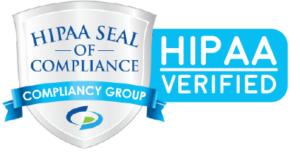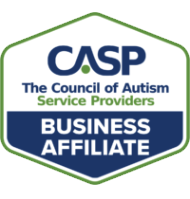As organizations work with health insurance funders, one of the most critical items to thoroughly understand is how to use the Rendering Provider appropriately on claims. As we take this journey into the importance of the Rendering Provider, let’s first start with the NPI number for an organization and individual providers, Taxonomy codes and a Tax Identification number. We’ll cover what each are, why they are important and when they are used. Find additional information in the other parts to this series:
- Part 2 = Payor Contracts and the Connection to Rendering Provider
- Part 3 = Types of Providers
- Part 4 = Details of the 1500 Claim Form
- Part 5 = Billing Scenarios and Potential Denials
National Provider Identification Number
What is an NPI?
National Provider Identification – NPI’s are a unique identification number for health care providers. All health care providers must apply for an NPI if they wish to be reimbursed by insurance companies, refer patients to others, or write prescriptions.
Why do Provider’s and Agency’s need NPIs?
Without an NPI number Agencies and their providers will not be able to get paid by the insurance companies. If they are referring patients to other providers who are paid by insurance companies, they need your NPI to get paid by insurance companies. They must report your name and NPI number on the claim form. Pharmacies will no longer fill prescriptions without the NPI number of the referring provider.
When does an Agency need two NPI’s?
A second NPI number is required when it is a group practice billing under a group name and paying taxes under an EIN number rather than a social security number.
Types of NPI’s

Type 1 NPI’s are also known as Individual NPI’s.
Type 1 NPI’s are healthcare providers who are individuals, including physicians, dentists, and all sole proprietors. An individual is eligible for only one NPI. Per the OIG regulations, NPI’s are “issued to health care providers who are individual human beings. Examples of health care providers with a Type 1 Individual NPI are physicians, dentists, nurses, chiropractors, pharmacists, physical therapists” BCBA’s, and RBT’s.
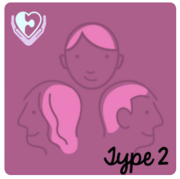
Type 2 NPI’s are also known as Group NPI’s.
Type 2 NPI’s are Healthcare providers who are organizations, including physician groups, hospitals, nursing homes, and the corporation formed when an individual incorporates him/herself into a group practice. Per the OIG regulations, NPI’s are “issued to health care providers other than individual human beings, that is, organizations. Examples of health care providers with a Type 2 Group NPI are hospitals, home health agencies, clinics, nursing homes, residential treatment centers, group practices.”
An NPI is needed for the Agency/Provider to receive payment from insurance companies. This is what identifies an individual as a healthcare provider to other providers and payors, in all HIPAA standard transactions.
The purpose of the two types of NPI’s when you think about a patient receiving treatment from a large clinic.
The insurance company not only want to know which clinic the patient visited as identified by the NPI Type 2 (Group NPI), but…also, which of the many providers within the large clinic who work there actually saw the patient, identified by their individual Type 1 NPI (Individual NPI).
What is the difference between a Group NPI and an Individual NPI?
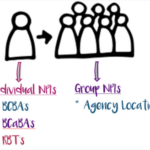
Individual NPI’s are obtained by all providers rendering services to patients. This NPI is unique to them and will stay with them for their career regardless of what Agency they are employed with. Group NPI’s are obtained for all Agencies with a Tax ID.
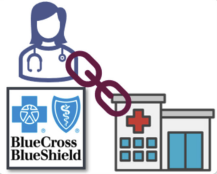
Individual NPI’s need to be linked to the Group NPI’s for the providers credentialing to be accurate and for billing to process correctly. Linking providers to group contracts is a vital part of the credentialing process.
Just because an individual has an NPI and has an individual contract with an insurance payor does not mean they can be billed as a rendering provider with the group. The connection needs to be made between the group contract and the individual provider.
How does this relate to rendering Providers?
When billing claims, billing and rendering provider’s NPI’s go in different boxes. Rendering Provider’s NPI go in BOX 24J and the Provider’s Type 1 Individual NPI goes in this field. Billing Provider’s NPI go in BOX 33A and the Provider’s Type 2 Group NPI goes in this field.
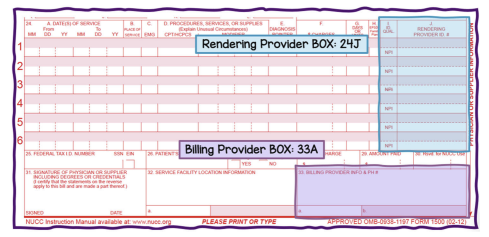
It is not simply enough to put the rendering provider’s individual NPI in the rendering provider NPI box (BOX 24J), and the group NPI in the billing provider information box (BOX 33A) on the CMS 1500 form. You must also make sure that the provider’s individual NPI is linked to the group NPI with EACH insurance payor.
It is not simply enough for the provider to be credentialed with the insurance carrier. Their individual NPI must also be linked to the group’s NPI if the payment is to be made to the group.
The rendering provider NPI is the individual NPI of the provider who performed the services on the patient being billed. The billing provider NPI is the NPI of the person or entity that should be paid for the services.
In some cases, the rendering provider NPI and billing provider NPI is the same, if the rendering provider has a solo practice without other providers.

In some cases, a rendering provider may have multiple billing provider NPI’s. They may have a private practice which has its own NPI, and they may work for another group or clinic that has a different billing NPI. As long as the insurance carriers have the provider set up correctly on their files, it does not matter.
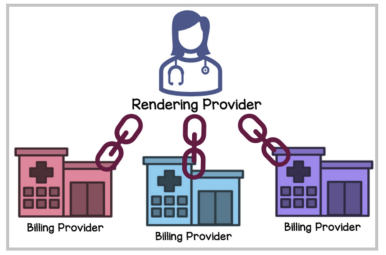
If you are billing for a provider or group, and you are not sure if the all the provider’s NPI’s are set up correctly, you should call the insurance carriers to confirm. It is always better safe than sorry.
Tax Identification Number
What is a Tax ID?
A Taxpayer Identification Number (Tax ID) is a generic term used by the Internal Revenue Service to designate the types of numbers that it allows to be used for tax and identification purposes. It is primarily used to track payments for tax purposes.
What is an EIN?
An Employer Identification Number (EIN) is also known as a federal tax identification number and is used to identify a business entity.
Who gets a Tax ID?
A tax ID number is not required if you operate a sole proprietorship or an LLC with no employees. This group would simply use their own Social Security Number as a tax ID. Who gets a TIN is based on whether they have employees.
Why is this important?
It is important for several reasons; it is how the IRS track payments made to Agencies, and it is how they are identified on claim forms.
What is the difference between a Tax ID and Group NPI?
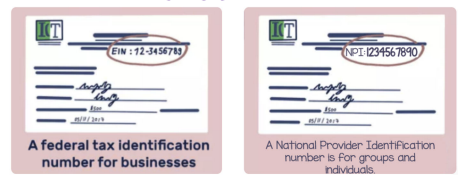
The Tax ID is the number the IRS uses to track money and identified a group with employees; the NPI is an ID number issued to physicians and others that provide medical services. The NPI just assures that your credentials are legitimate.
Where is the Tax ID on claims?
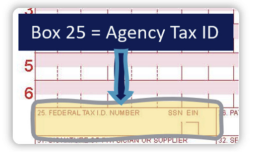
The federal taxpayer identification number (TIN) that identifies the provider/physician/practice/supplier to whom payment is made for the service. In the CMS 1500 form, this is Box 25. The billing provider’s TIN and Type 2 NPI are always required on claims.
Taxonomy Codes
What are Taxonomy codes?
What it is? It is a unique 10-character number that describes your provider type, classification, or specialization. You need this to apply for an NPI.
Why it is important? Taxonomy codes serve as a secondary identifier to ensure that a provider is accurately recognized in HIPAA standard transactions,
Why it is different than an NPI? An NPI identifies the provider to receive payment. Though both are unique codes, taxonomy codes are identifiers that describe the specialty field the provider is working and submitting claims for.
ABA Providers are Behavioral Health & Social Service Providers and have three taxonomy codes.
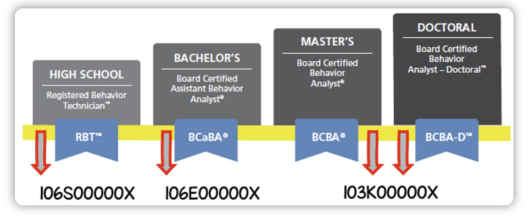
Taxonomy codes are not applied for by providers, rather they are designated for them depending on their healthcare field. These codes are required when individual providers apply for their National Provider Identifier (NPI) numbers to designate provider type or specialty.
With complete knowledge of the proper Taxonomy code for your provider specialty, you can apply for your NPI number at: https://nppes.cms.hhs.gov/#/
When you have your Tax ID and NPI number, you are ready to prepare the documents needed to begin the Network Participation process.
Find additional information see the other parts to this series:
- Part 2 = Payor Contracts and the Connection to Rendering Provider
- Part 3 = Types of Providers
- Part 4 = Details of the 1500 Claim Form
- Part 5 = Billing Scenarios and Potential Denials
If you are in need of Network Participation Management services (Contracting and Credentialing) please complete our Perspective Client Form at: https://www.ababilling.net/new-client/




